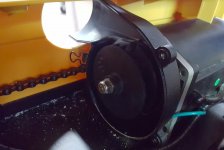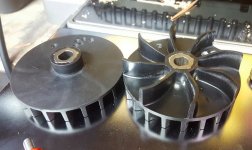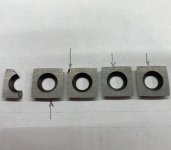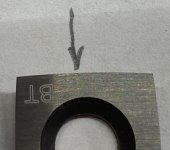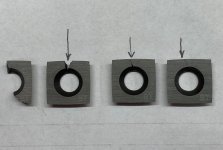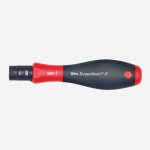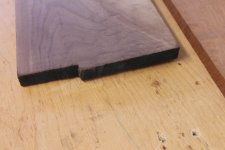TheSergeant
Member
- Joined
- Nov 14, 2015
- Messages
- 102
The blower is mounted to the motor shaft. One side of the fan cools the motor, the other side blows the chips. Some guys simply remove the fan all together and see a sizable noise reduction. I wouldn't do that though because it offers an access point for chips into the motor if you ever forget to turn on the dust collector.
Instead what I did was purchase a replacement fan and had a machinist friend remove the blower side fins. The motor is protected and cooled but the blower no longer functions. You absolutely have to use dust collection though because it will clog without it.
I ended up selling my DW735 shortly after I had the fan made. I used it on the machine maybe 2 weeks before I purchased a 1960's Powermatic 100 12" and sold the Dewalt.
If someone is interested in the fan I'll sell it for what I paid. I take no responsibility for whatever happens to your machine by installing it though. It is for sure a warranty voider. That said, it worked very well for me. $20+shipping (~$3-5). PM Me if you're interested.
Instead what I did was purchase a replacement fan and had a machinist friend remove the blower side fins. The motor is protected and cooled but the blower no longer functions. You absolutely have to use dust collection though because it will clog without it.
I ended up selling my DW735 shortly after I had the fan made. I used it on the machine maybe 2 weeks before I purchased a 1960's Powermatic 100 12" and sold the Dewalt.
If someone is interested in the fan I'll sell it for what I paid. I take no responsibility for whatever happens to your machine by installing it though. It is for sure a warranty voider. That said, it worked very well for me. $20+shipping (~$3-5). PM Me if you're interested.

